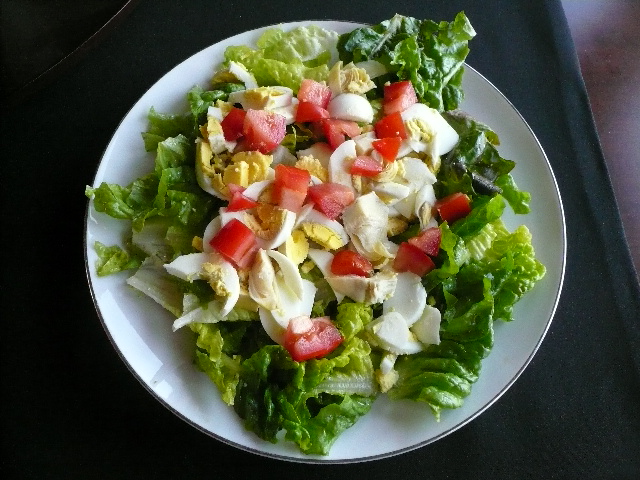Intro to the Yogic Diet
“In this special workshop,” read an e-mail from Old Town Yoga, “we’ll look at the classic Yogic teachings on how diet affects mood, concentration, and our world-view. We’ll explore in an open, gentle way, simple actions we can take to increase our mindfulness and support our spiritual development through both what and how we eat.”
As I’m always interested in nutrition and psychology and spirituality, I signed up and even missed a Tuesday Night Track workout to attend. Here are a few things I learned:
- In the Yogic view, there are three types of energies that different foods can be classified in: Raja, Sattva, and Tomas.
- Rajasic foods are stimulating. They include drinks with caffeine, garlic, onions, spices, and meats.
- Tomas foods make you tired. These include processed foods, bread, and dairy.
- Sattvic foods are light and wholesome. They include fruits, vegetables, raw milk, etc.
- Michael, the presenter (a raw foods enthusiast), emphasized that Rajasic and Tomasic foods are not necessarily “bad” or evil, although we should strive to have a more Sattvic diet most of the time. Sometimes situations and circumstances make Rajasic foods “good,” like when we resort to drinking coffee to stay awake to get something done.
- He also emphasized that it is desirable to be “open” to all foods and not be so strict or rigid, particularly for social reasons. (“We all have met vegeterrorists,” he said to laughter.) For example, if you went to someone’s house and the hosts were serving something you normally would not eat, it is good to be open, accepting and gracious by eating the food that the hosts went through the trouble of preparing and obtaining anyhow.
- What mental state one is in when one eats is also an important principle of the Yogic Diet. One should, ideally, be grateful and at peace, for example—which is why almost every culture will give their blessings before a meal. It is better to be in a good state and eat junk food than to be in a stressful state and eat a salad, Michael said.
Michael also sent attendees a followup e-mail which contains some links for more information if you are interested in this subject, below.
The first three are some general overviews of the Yogic diet in general while the fourth is an article on mine that recaps much of what we talked about on Tuesday while the final link is to an institute in Boulder that offers a refreshing look at the psychology of nutrition — again, very much hope they may be helpful & that you won’t hesitate to be in touch if I can be of help as you explore your own relationship to more spiritual eating….
http://www.yogachicago.com/jan05/diet.shtml
http://www.abc-of-yoga.com/diet/
